Set in a lovely wooded area, the McMichael Gallery is home to the works of Canada's own Group of Seven and Tom Thomson (who died just before the formation of the group). A guided tour through the gallery will help you appreciate each of the artists on display. The Group of Seven was a most influential and fascinating group of artists, some having studied in Europe, others mainly in Canada.
The gallery actually got its start in the McMichael home as the couple began collecting Canadian art and became friendly with the Group of Seven. In fact, A.Y. Jackson lived in their home for 6 years until his death after he suffered from a stroke. The McMichaels donated their home and land to the Province of Ontario.
A Canadian gallery is not complete without inclusion of First Nation and Inuit art, and marvelous prints and sculptures from Canada's Native Peoples can also be found here.
All photos are my own, unless otherwise stated.


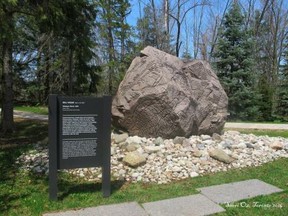 The first, called "Shibagau Shard", was created by Bill Vazan (b. 1933) in 1989. "Shibagau" is the name of the stream from which the piece of pre-cambrian shield granite was found and "Shard" reflects on the archeological term for a broken piece of metal, glass or rock. Vazan designed this stone based on his study of the pictographs of early First Nations peoples of this region of Canada.
The first, called "Shibagau Shard", was created by Bill Vazan (b. 1933) in 1989. "Shibagau" is the name of the stream from which the piece of pre-cambrian shield granite was found and "Shard" reflects on the archeological term for a broken piece of metal, glass or rock. Vazan designed this stone based on his study of the pictographs of early First Nations peoples of this region of Canada.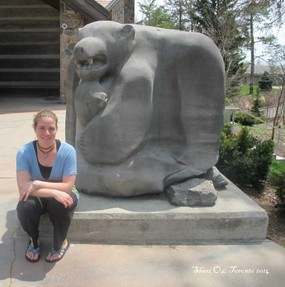
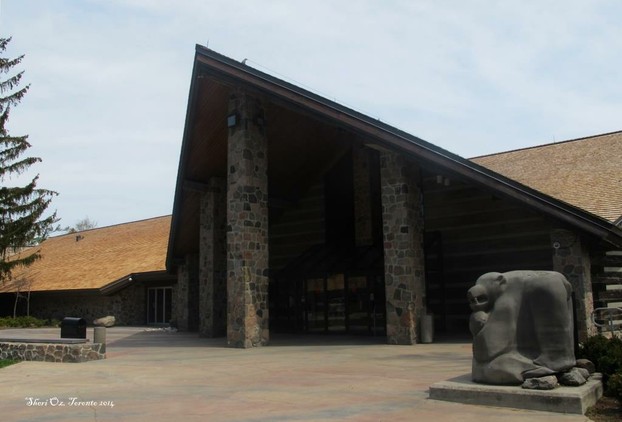
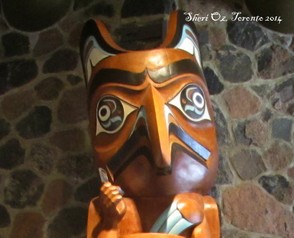
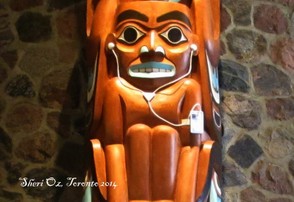
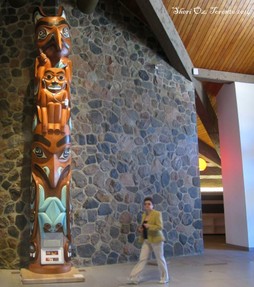

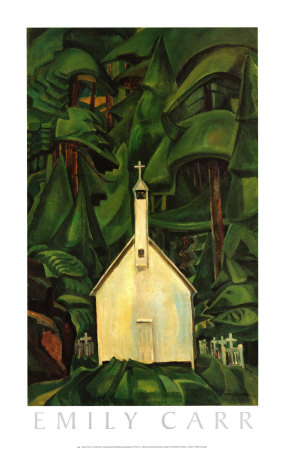
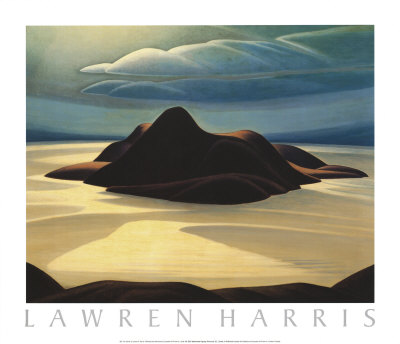

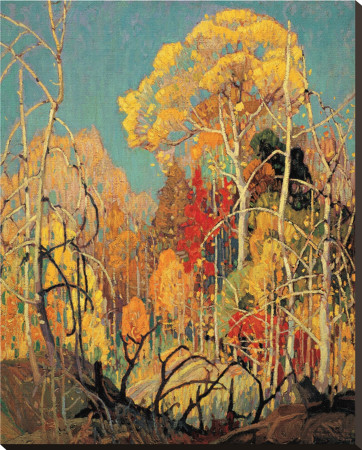
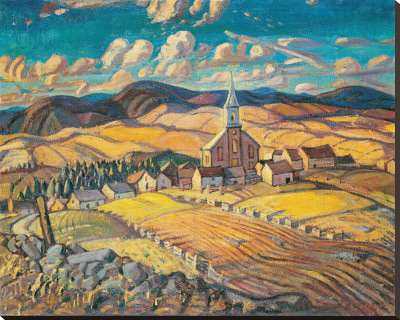
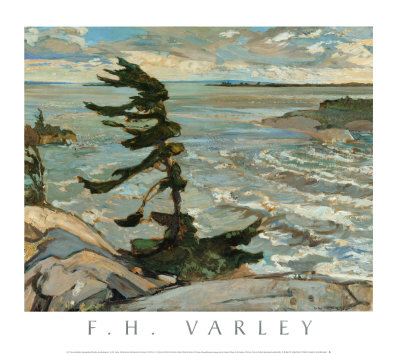
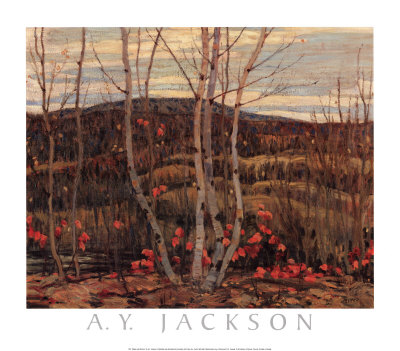




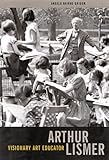
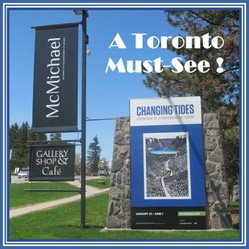

 Visiting an Art Gallery With a Two-Year-Oldon 07/27/2015
Visiting an Art Gallery With a Two-Year-Oldon 07/27/2015
 Using the News to Enhance Jewish Identity in Jewish Kidson 07/24/2015
Using the News to Enhance Jewish Identity in Jewish Kidson 07/24/2015
 Xi'an - Not Just Terracotta Warriorson 06/09/2015
Xi'an - Not Just Terracotta Warriorson 06/09/2015
 Sew Your Own Wedding Dress - or Your Daughter'son 02/06/2015
Sew Your Own Wedding Dress - or Your Daughter'son 02/06/2015

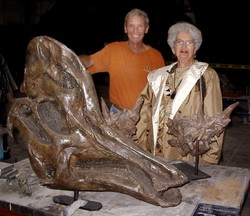

Comments
Came back to pin a few images.
I really enjoyed your article, Sheri! I also like these styles of landscapes. Lovely page!